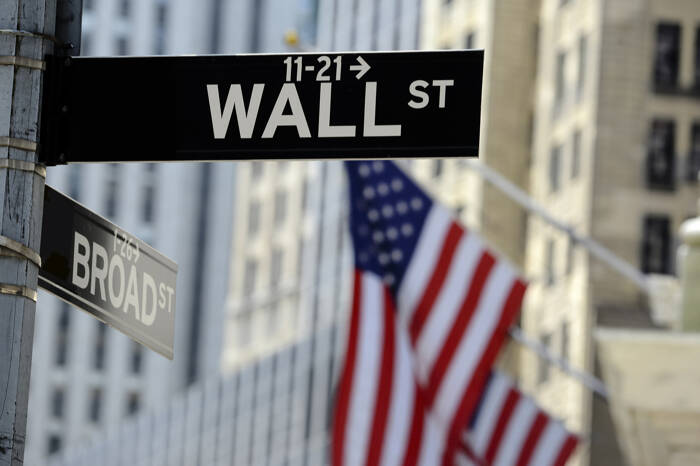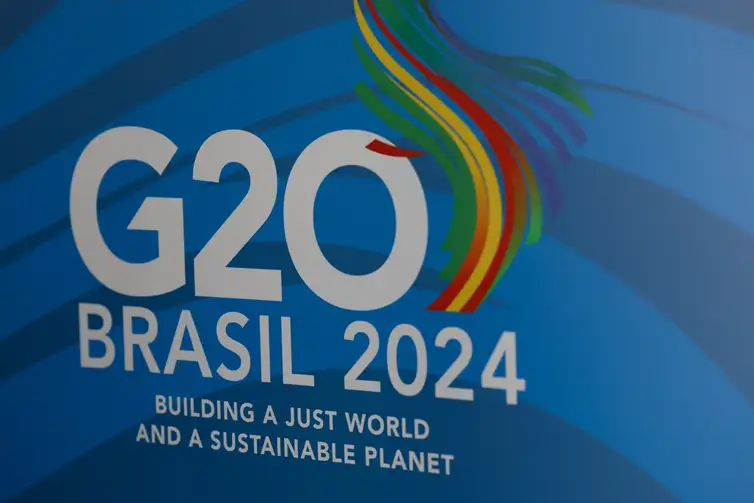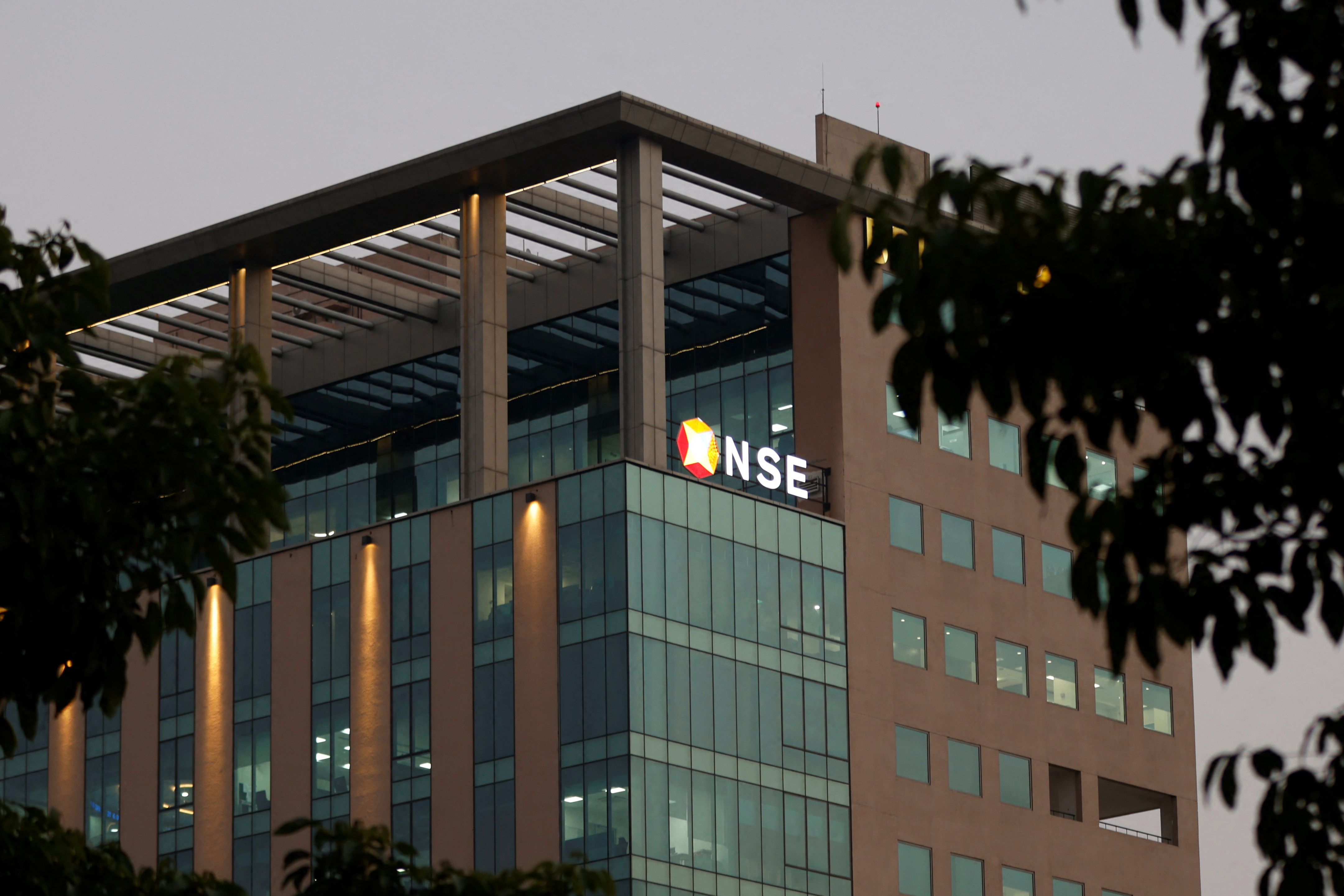Summer Haze on Wall Street: Rally at Risk?
Wall Street's summer may be rocked by a peculiar convergence of presidential politics and wavering confidence in continued market rally amidst fluctuating inflation data.
Published May 29, 2024 - 00:05am

Image recovered from fxempire.com
The S&P 500 has risen nearly 12% this year, driven by strong earnings and signs that inflation may be falling enough for the Federal Reserve to consider cutting benchmark interest rates. However, investors are growing wary that this rally may not persist through the traditionally slow summer months. The S&P 500 historically rises 56% of the time between June and August, but 2024's market dynamics are positioned under the shadow of an unpredictable U.S. presidential election and the weight of inflation concerns.
With markets richly valued, the anticipation of interest rate cuts by July hinges on a sequence of positive economic indicators. Yet analysts, like Sameer Samana from the Wells Fargo Investment Institute, caution that there are few catalysts foreseen that would sustain stock market gains. Especially as investors await clearer signals, low trading volumes over the summer can amplify volatility.
Inflation, shaping the market's trajectory, will in turn influence Treasury bond yields and the attractiveness of stocks. Early in the year, unexpected inflation readings prompted a sharp adjustment of expectations for Federal Reserve policy. Now, with the market pricing in a 35 basis point rate cut by year's end, June or July's inflation data looms large as a potential pivot point for investor confidence.
The election adds another layer of uncertainty. Historical analysis by CFRA Research suggests the S&P 500 advances 75% of the time from Memorial Day to Labor Day during first-term presidential re-election campaigns. This cycle, however, presents an extraordinarily tight race between President Joe Biden and former President Donald Trump, with a groundbreaking early debate that may focus investor attention on policy outcomes far prior to usual.
Analysts like Ed Clissold of Ned Davis Research predict that if bond yields spike and the Fed shies away from cuts, there could be a pivot to bonds and cash. Moreover, extreme market positions, as reported by BofA Global Research, warn that a heavily invested market might lack the buyers necessary to continue pushing stock prices upward.
This intertwined narrative of election cycles, inflationary pressures, and Federal Reserve policy decisions sets the stage for a summer that could either affirm the year's gains or plunge Wall Street into a more chaotic season than investors have grown accustomed to expecting.
As the S&P 500 shows remarkable resilience early in the year, the investing landscape appears to be on a knife-edge. One key question is how corporate earnings will fare in the forthcoming quarters. Robust earnings have been a pillar of stock market confidence, yet this too may be subject to prevailing winds of economic change. Should profits begin to falter, this could act as a drag on stock valuations, which are already considered stretched by historical standards.
Federal Reserve policy will continue to play a critical role. While the market has priced in a rate cut, any deviation from this expected trajectory—such as a pause or reversal in rate adjustments—could prompt a reassessment of stock market valuations. Moreover, the nature of commentary from the Fed and its Chairman Jerome Powell in upcoming meetings will be scrutinized for any hints at future policy changes in response to evolving economic data.
Adding to the complexity, geopolitical tensions remain simmering in the background. Trade discussions and tariffs, which have been both a boon and a bane to market sentiment, could resurface as key issues. Any unexpected escalation or resolution in trade disputes, particularly between the United States and its major trading partners, could sway the markets in dramatic fashion.
Domestically, political discourse may intensify as the U.S. presidential election approaches. Besides the general policies that may affect the economy, specific sectors are susceptible to the rhetoric from the campaign trail. Healthcare, energy, and technology are amongst the sectors that could be significantly shaped by the promises and policies advocated by the presidential candidates, thereby affecting their respective stock performance.
Consumer sentiment and spending, the engines of the U.S. economy, are additional factors that could influence the markets. Although consumer confidence has been holding up, any shift, driven by labor market changes, wage growth, or other economic pressures, could reverberate through the stock market. Retail sales and durable goods orders will be figures to watch to gauge consumer vitality.
Turning to the bond markets, the balance between growth expectations and inflation anticipations drives bond yields. If yields rise in anticipation of higher growth and inflation, this could narrow the relative attractiveness of stocks, especially for those seeking income-generating investments. The inverse could also hold true: lower yields may drive investors back to equities in search of better returns.
The performance of global markets will also have an impact. As U.S. markets experience elevated valuations, some investors are turning their focus abroad in search of potential growth opportunities. However, emerging markets come with their own set of risks, from currency volatility to political instability, which could have knock-on effects on investor sentiment worldwide.
The influence of technology on trading cannot be overstressed. Algorithmic trading and high-frequency strategies have the capacity to generate significant market movements within fractions of a second. Such automated systems can both mitigate and exacerbate market volatility, potentially leading to rapid selloffs or surges in stock prices, often disconnected from fundamental indicators.
Finally, as we consider the multitude of factors that could sway the market's direction in the coming months, the role of central banks globally—beyond the Federal Reserve—must be acknowledged. Coordinated, or even divergent, monetary policies can impact global liquidity, currency exchange rates, and international capital flows, all of which have implications for global equity prices and therefore, by extension, the S&P 500.
This blend of economic, political, and technological ingredients will concoct a financial environment characterized by its fluidity and potential for surprising developments. Investors and analysts alike will have to navigate this intricate and interwoven terrain with both caution and a readiness to adapt strategies to the shifting paradigms of the 2024 summer and beyond.







